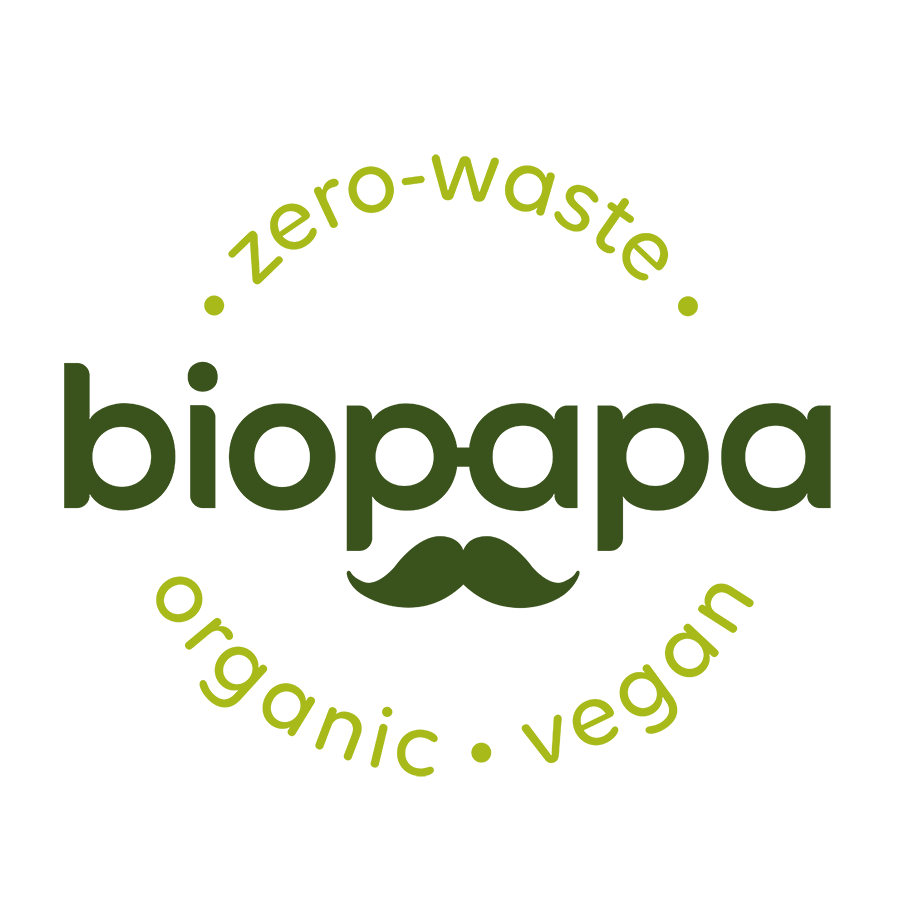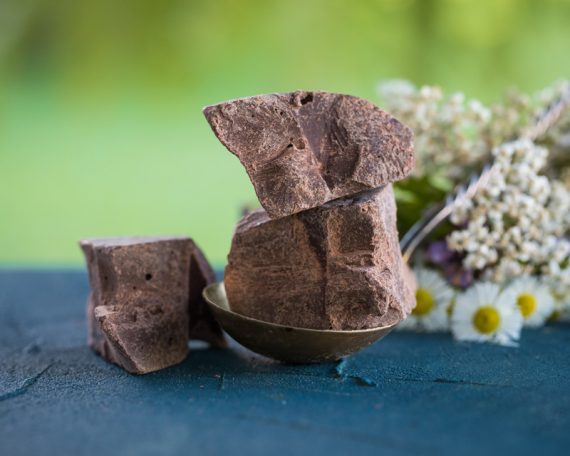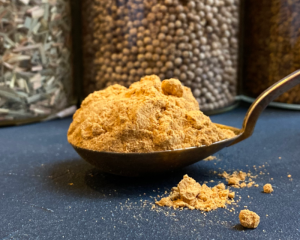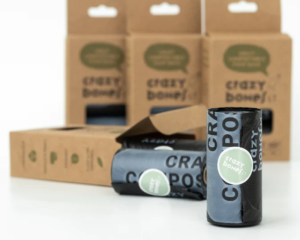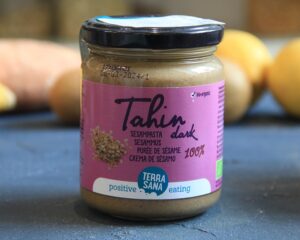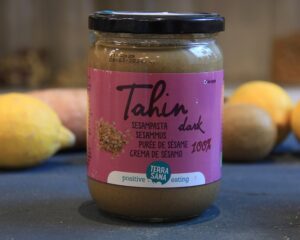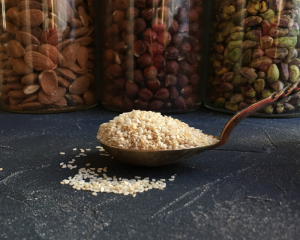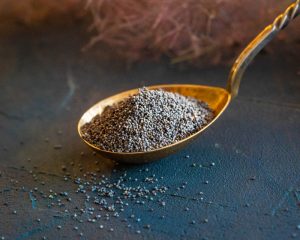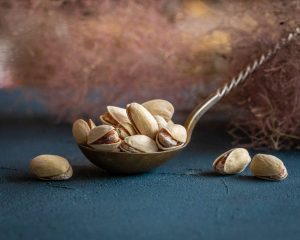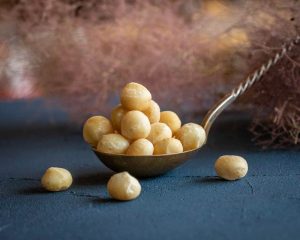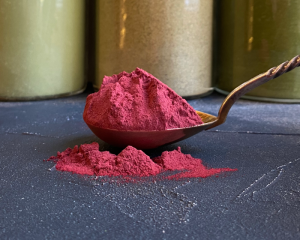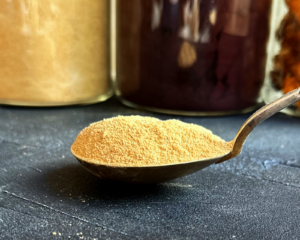Organic ceremonial Criollo cocoa mass, RAW
From 9.00€
Criollo cocoaTheobroma cacao ssp. cacao) were cultivated by the Maya more than 1500 years ago. Criollo cacao is believed to have originated in Central America and developed independently of cacao populations in the Amazon basin. We also need to know that Mayans and Aztecs do not eat chocolate. The sugar needed to make chocolate did not exist in the Americas before the Spanish invasion. The Mayans, Aztecs and other peoples used drinks similar to tejate or pozole, which are still produced in Mexico and Central America.
These ancient civilisations not only used cocoa as a beverage, but also considered it sacred, using it in rituals and ceremonies. Cocoa beans were so valued that they were used as currency and became central to cultural and spiritual practices. Today, the tradition of ceremonial cacao continues to evolve as people around the world rediscover its potential for emotional healing and spiritual connection.
Opportunities
Ceremonial cocoa is often associated with an emotional and spiritual heart-opening experience.
Cocoa beans contain compounds such as phenylethylamine (PEA), often called the “love molecule” because it can stimulate the release of endorphins and dopamine in the brain, leading to feelings of happiness, pleasure and even mild euphoria. It can contribute to a better mood and well-being.
PEA has a mild stimulant effect that can increase alertness, which can help improve concentration, making it useful for tasks that require mental clarity.
Due to its role in promoting feelings of pleasure, PEA has been linked to aphrodisiac effects that enhance romantic and sensual experiences.
Cocoa is an excellent source of iron, magnesium, phosphorus, calcium, zinc, copper, manganese and selenium. High levels of potassium help maintain proper blood pressure and muscle tone.
Attention
Ceremonial cocoa naturally contains caffeine and theobromine. Although the amounts are lower than in coffee, those who are sensitive to caffeine may experience anxiety, nervousness or insomnia.
Excessive cocoa consumption can cause digestive problems, including nausea or diarrhoea and headaches.
Ceremonial cocoa can interact with certain medications, especially antidepressants, so use caution.
To make hot chocolate: melt the cocoa nibs in a hot water bath or shake them in a blender or cocktail shaker, finely chopped and covered with warm (not boiling) water.
It can be flavoured with coconut milk powder or plant-based oat, almond or coconut milk. Sweeten with your favourite sweetener and experiment with spices – vanilla, cinnamon, cardamom, cayenne pepper.
By melting the mass in a hot water bath with coconut milk powder or, say, nut butter (not water or plant milk) and pouring into moulds/deep dish and putting in the fridge, you can enjoy good quality chocolate.
Use
30 g of cocoa a day is more than enough.
For meditation, the average recommended dose is 22-30 g.
40-50g is recommended for ceremonial cocoa. Ceremonial doses should be taken no more than 3 times a week.
A portion larger than 50 g may be too much, especially for those who are just starting their cocoa journey. It is very important to start with a small amount and gradually increase to find the optimal dose, as individual reactions can vary considerably.
Ceremonial cocoa is generally safe to consume during pregnancy, but large portions are not recommended. It is important to monitor the amount of cocoa you consume.
Make chocolate at home
After melting the cocoa mass in a hot bath with coconut milk powder or, say, nut butter (not water or vegetable milk), pour it into the moulds. You can enjoy high-quality chocolate after chilling in the fridge.
Grate and add to breakfast porridge, smoothies or salads.
Sources
https://cacaolaboratory.com
https://www.sciencedirect.com
https://www.thechocolatejournalist.com
NOTE. The information provided here should not be interpreted as advice for treatment or other health problems. We encourage you to make decisions about your personal health by considering different sources of information.
100% organic ceremonial Criollo cocoa mass
Energy value 655,4 kcal
Fat 55,64 g
- of which saturates 36,15 g
Carbohydrates 25,24 g
Fibre 15,03 g
Protein 55,64 g
Store in a cool, dry place. Keep out of direct sunlight.
